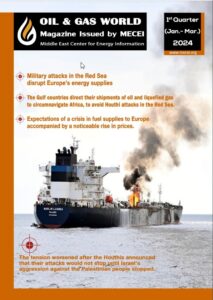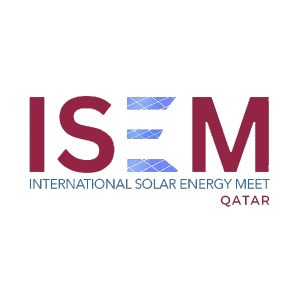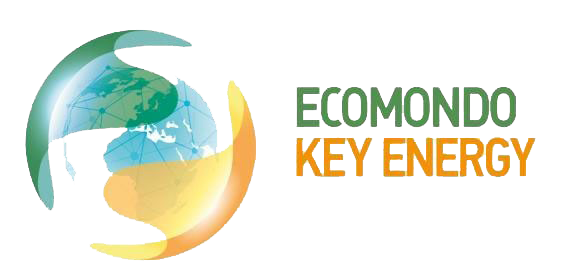Norway’s Minister of Oil to lead her country to become a model in reducing emissions.

In January 2020, Tina Bru was appointed as Minister of Oil and Energy in Norway. She stated after her appointment that she plans to develop renewable energy with the aim of pushing Norway to become a model in reducing harmful emissions to the environment.
In the same context, and with increasing public awareness of climate changes, pressure is growing on fossil fuel companies to reduce the harmful emissions. BP says it plans to radically reduce its emissions by 2050.
And because Norway relies mainly on renewable sources such as hydro and wind energy for electricity generation, the main oil companies BP, Shell and Total are seeking to reduce carbon emissions by connecting some of their oil platforms to the network of onshore wind farms in Norway.
The companies say that their offshore installations in the North Sea can be connected via a 300-km sea cable to the wind terminals onshore networks. BP said that the facilities will need energy ranging from 100 to 200 MW, which can be provided by an undersea cable, with investments ranging from 760 to 977 million dollars.
According to British Petroleum figures, Norway’s oil production is about 1.9 million barrels per day, and its reserves are about 8.6 billion barrels. As for natural gas, its production is estimated at 120.6 billion cubic meters, while its reserves are 56.8 trillion cubic.
It is worth noting that the problem of high costs contributes significantly to impeding the development of offshore oil fields. The Executive Director of the Norwegian Petroleum Directorate (NPD) said that trends in the cost of production in the oil industry have become a challenge, both in developing discoveries and in production from them. He added that drilling costs have become doubled, which represents a major challenge for exploration in Norway’s oil fields, and threaten the gains from future projects.
However, the Norwegian Petroleum Directorate expects that oil production will remain stable because 40% of the estimated reserves have not been officially discovered yet, and that investment in the development of offshore fields is estimated at more than $ 500 billion, according to the Norwegian Authorities.












